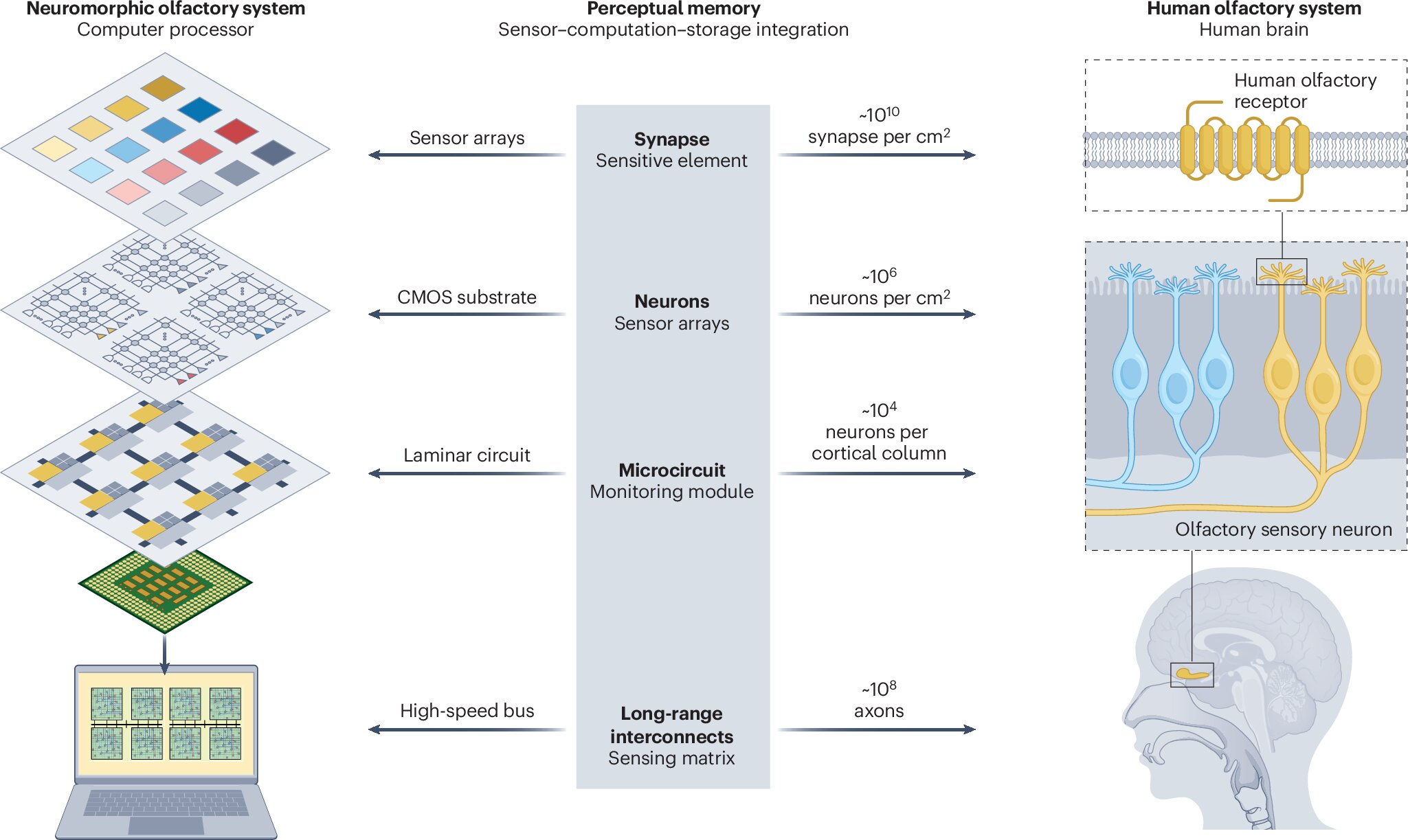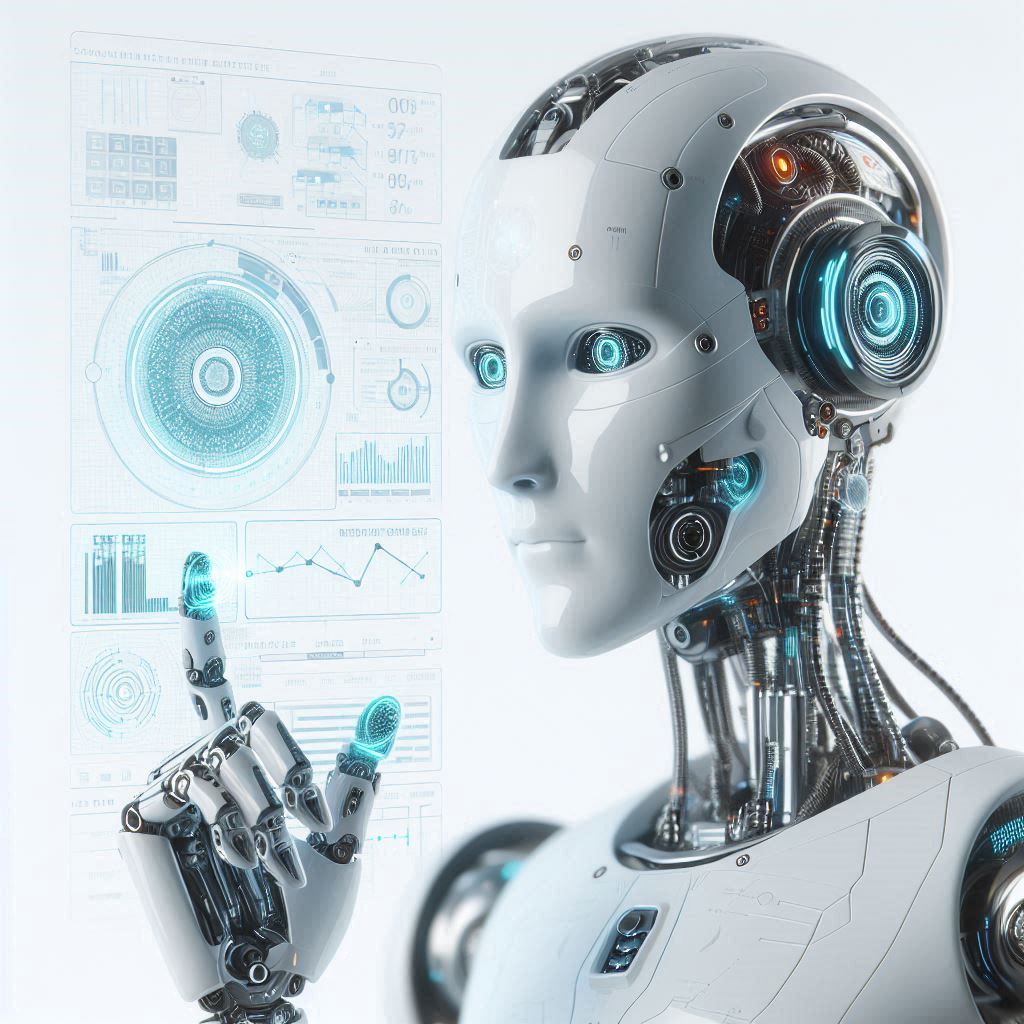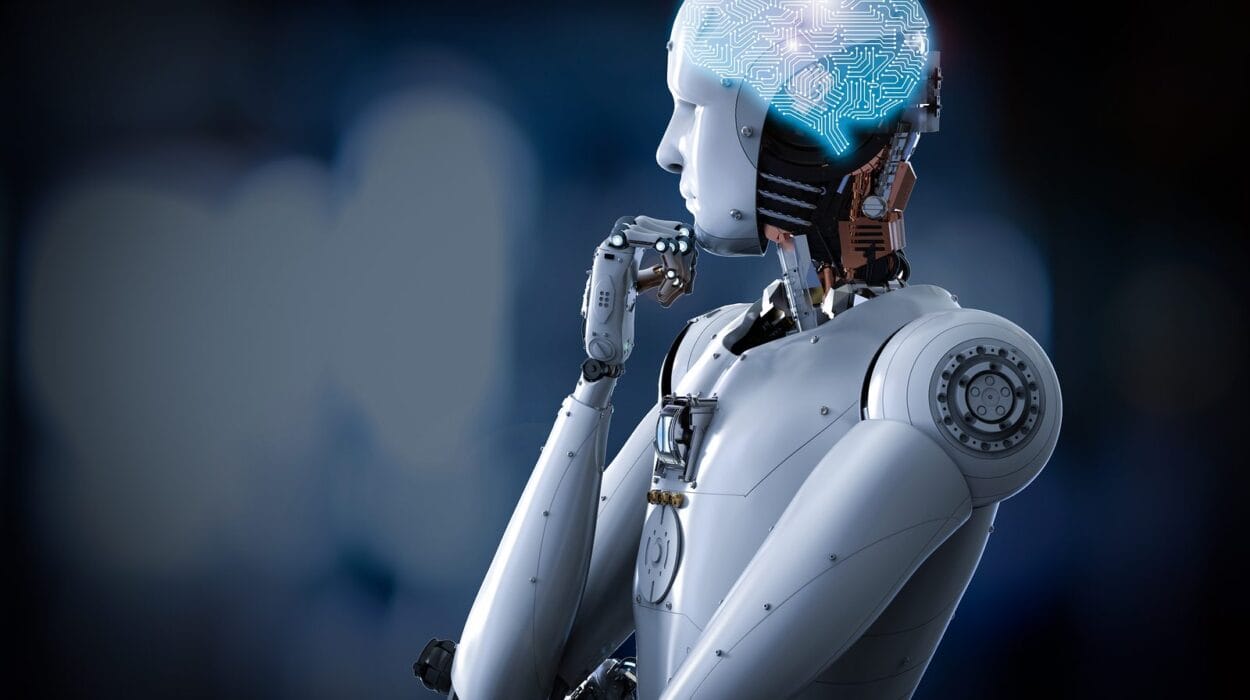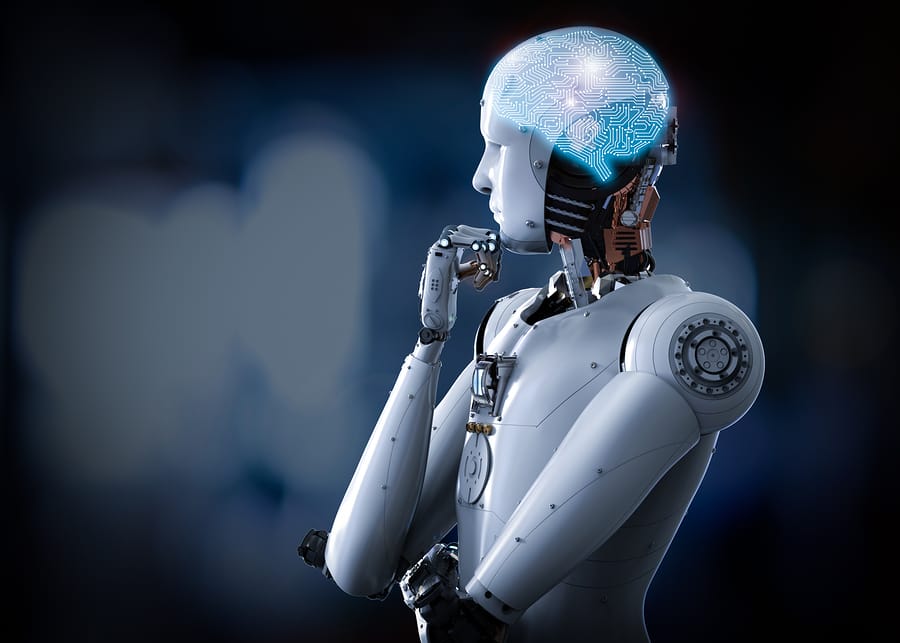For decades, scientists have dreamed of giving machines a sense of smell as refined and sensitive as our own. It has been one of the most complex challenges in artificial intelligence and sensory technology—a task that has long resisted success. But now, after years of effort, that dream is inching closer to reality. According to a new scientific review published in Nature Reviews Electrical Engineering, researchers are finally building electronic noses that can sense and recognize odors nearly as well as humans can.
The Extraordinary Power of the Human Nose
The human sense of smell is ancient, intricate, and astonishingly powerful. Although we often take it for granted, our noses can detect and distinguish up to a trillion different odors—from the sharpness of smoke to the sweetness of a rose, from the scent of rain to the warning odor of gas. Smell helps us navigate the world, recall memories, and even detect danger.
Behind this ability lies a biological marvel. Inside our noses, hundreds of specialized receptors interact with odor molecules in the air. The resulting chemical signals are interpreted by the brain’s olfactory bulb, a structure that translates molecular patterns into perceptions—what we experience as “smell.” It is a process fine-tuned by millions of years of evolution, combining chemistry, biology, and neurocomputation in a way no man-made system has yet fully matched.
Creating an electronic nose that can replicate even a fraction of this sensory sophistication has been an immense challenge. Scientists have long sought to design machines capable of detecting odors for use in medical diagnostics, environmental monitoring, food safety, and robotics. But the complexity of natural smell perception—its sensitivity, adaptability, and emotional connection—has made it one of the hardest human senses to replicate.
The Struggle to Imitate Nature
Traditional electronic noses, or “e-noses,” rely on arrays of gas sensors that respond to different chemical compounds. When a mixture of gases or odors passes over them, these sensors generate electrical signals that are then analyzed by algorithms. In principle, the process resembles human olfaction—but in practice, it has major limitations.
Most electronic noses struggle to distinguish subtle differences between similar smells. They often fail to identify complex mixtures, and their sensors tend to degrade over time, leading to “drift”—a gradual loss of accuracy. Moreover, these systems consume large amounts of power and cannot learn new odors efficiently.
To overcome these obstacles, scientists are turning to neuromorphic computing, an emerging field that mimics how the human brain processes information. Neuromorphic systems are designed not as traditional digital computers, but as networks that simulate neurons and synapses, the fundamental components of biological brains. By building chips that function more like living tissue, researchers hope to bring machines one step closer to human-like perception.
Mimicking the Brain with Neuromorphic Chips
The recent review highlights a new generation of devices known as neuromorphic olfactory perception chips (NOPCs)—tiny electronic systems that combine biological inspiration with advanced materials and artificial intelligence. These chips are designed to detect, interpret, and even learn from smells in real time.
A central innovation behind NOPCs lies in their use of memristors and spiking neural networks (SNNs). Memristors—short for “memory resistors”—are special electronic components that behave like brain synapses. They can store and process information simultaneously, allowing for faster and more energy-efficient computing. Spiking neural networks, on the other hand, mimic how neurons communicate through brief electrical pulses, known as spikes.
By integrating memristors and SNNs, researchers have built systems capable of recognizing odor patterns the way biological brains do—through parallel, distributed processing rather than linear computation. This makes them far more efficient and adaptable than previous designs.
Learning to Smell with One Breath
One of the most remarkable breakthroughs described in the review is that these new chips can learn a new smell from just a single exposure. Traditional electronic noses often require hundreds or thousands of training samples to recognize a scent accurately. In contrast, neuromorphic chips—thanks to their brain-inspired architecture—can form lasting “memories” of a new odor after only one experience.
This ability to learn and adapt rapidly is a defining feature of biological intelligence. The human nose, for example, can remember and identify a new perfume or the smell of a friend’s home after just one encounter. Now, machines are beginning to approach that same level of efficiency and learning flexibility.
Even more impressively, these chips can distinguish between complex odor mixtures, such as the combined scent of multiple gases—a task that confuses most traditional sensors. By processing information in a highly parallel and dynamic way, neuromorphic systems can tease apart subtle differences in overlapping chemical signals.
The Promise of Practical Applications
The potential uses of this technology are vast and transformative. A reliable, fast, and sensitive electronic nose could revolutionize multiple industries.
In medicine, an artificial nose could be used for non-invasive diagnostics, detecting diseases through breath analysis. Certain illnesses, including diabetes, cancers, and infections, produce distinctive chemical markers that can be detected through smell. An electronic system capable of identifying those biomarkers could offer early detection without blood tests or invasive procedures.
In food safety, an e-nose could continuously monitor products for spoilage, contamination, or chemical residues in real time. For environmental monitoring, it could provide early warnings of air pollution, gas leaks, or hazardous chemicals, protecting both human health and the planet.
In robotics, giving machines the ability to smell could dramatically enhance their ability to navigate environments and interact safely with humans. Robots equipped with olfactory sensors could detect fires, locate trapped individuals, or identify toxic gases in disaster zones.
The convergence of neuromorphic engineering, artificial intelligence, and micro–nanoelectronics has opened new frontiers in sensory technology. As the researchers noted in their review, by drawing inspiration from biological olfaction, scientists are now achieving real-time odor perception and recognition that surpasses the limits of traditional gas sensors.
Making the Electronic Nose More Brain-Like
One of the key advances driving this progress is the integration of sensing, memory, and processing functions directly onto a single chip. In older systems, these components were separate, requiring large amounts of power and time to transfer information between them. By merging them into one unified structure—much like the brain—neuromorphic chips achieve both higher efficiency and lower energy consumption.
This bio-inspired design means that electronic noses can now operate autonomously, processing smells as they are detected without relying on external computers. It’s a step toward creating intelligent, self-sufficient sensory devices capable of learning, adapting, and responding to their environments.
The result is a system that not only senses but thinks about what it senses—a profound leap toward merging biological perception with machine intelligence.
Challenges on the Path Ahead
Despite these achievements, significant challenges remain before neuromorphic olfactory chips become mainstream commercial products. One persistent problem is sensor drift, where performance declines over time as the materials within the sensors degrade or change. This can lead to inaccurate readings after weeks or months of use.
Another challenge is ensuring long-term stability and reliability. For applications like medical diagnostics or environmental monitoring, devices must function consistently for years without recalibration. Developing robust materials and self-correcting algorithms is an active area of research aimed at solving these issues.
There are also engineering hurdles in scaling up production while keeping costs low. Building chips with nanoscale precision that combine sensing, memory, and computation is technically demanding. Collaboration between physicists, chemists, materials scientists, and engineers will be essential to bring these devices from laboratory prototypes to practical, affordable tools.
The Future of Artificial Smell
The quest to teach machines how to smell is not just about technology—it’s about understanding perception itself. Smell is one of the most ancient and emotional senses, directly tied to memory, behavior, and survival. To replicate it in silicon requires more than engineering; it requires insight into how life interprets the invisible world of molecules.
If the recent breakthroughs continue, electronic noses could soon become as common as cameras or microphones, embedded in smartphones, hospitals, factories, and smart homes. They might help detect fires before flames appear, diagnose disease before symptoms arise, or prevent food waste by identifying spoilage early.
Just as the invention of the camera allowed machines to see and the microphone allowed them to hear, the electronic nose could one day allow them to smell—a sensory revolution that brings technology one step closer to human-like intelligence.
More information: Yuxin Zhao et al, Neuromorphic olfactory perception chips: towards universal odour recognition and cognition, Nature Reviews Electrical Engineering (2025). DOI: 10.1038/s44287-025-00214-1






